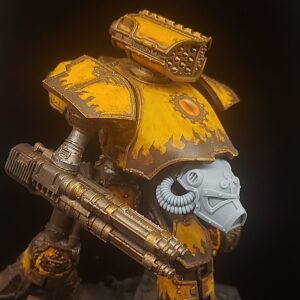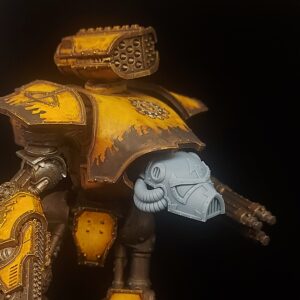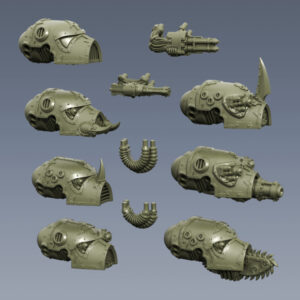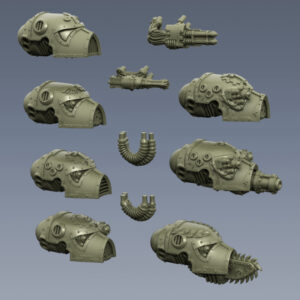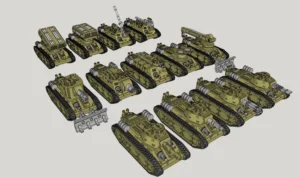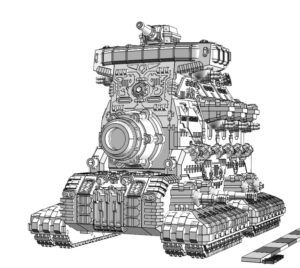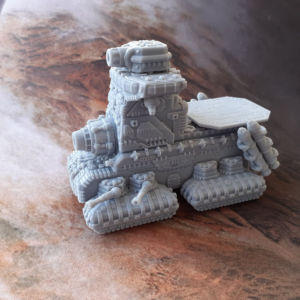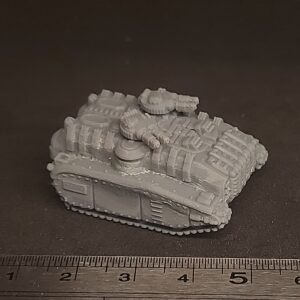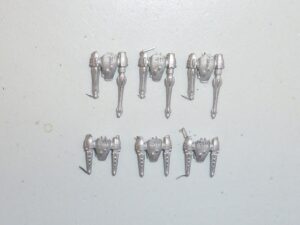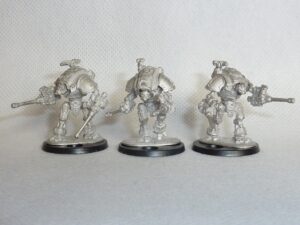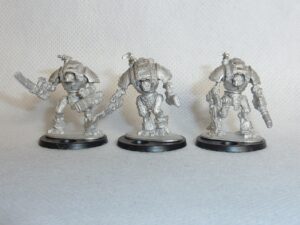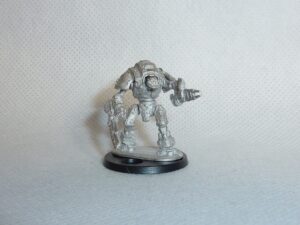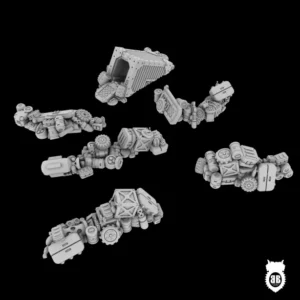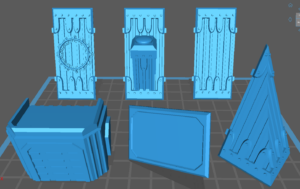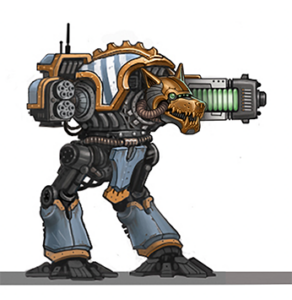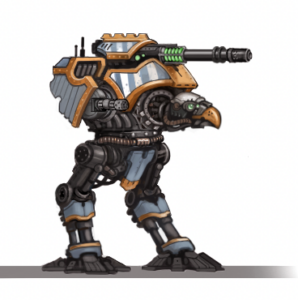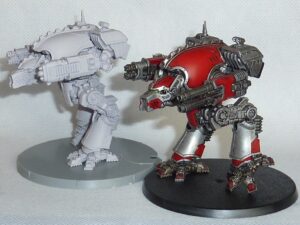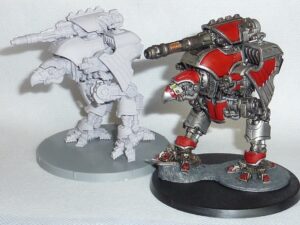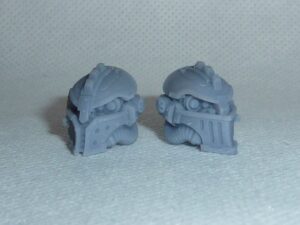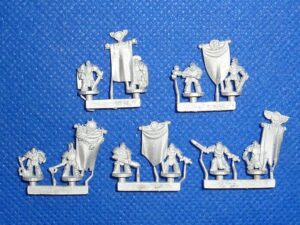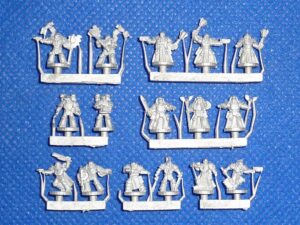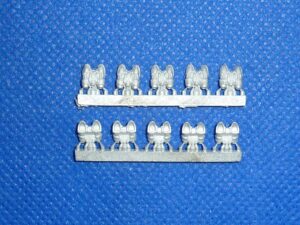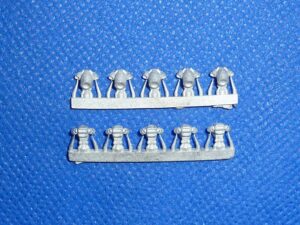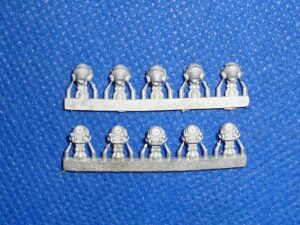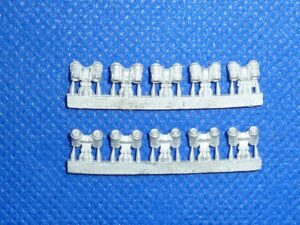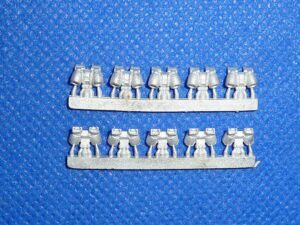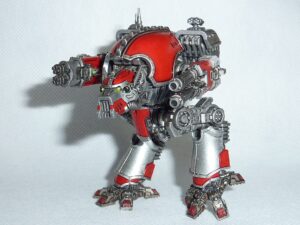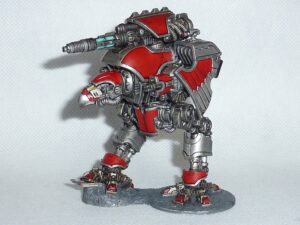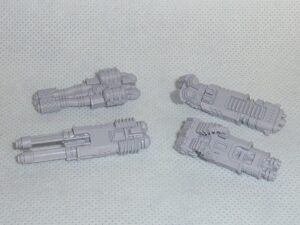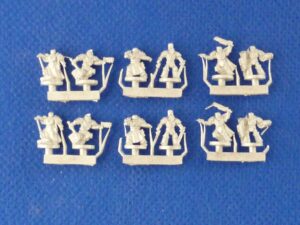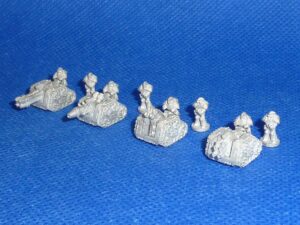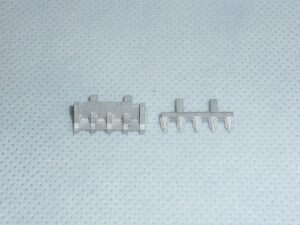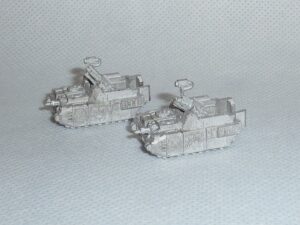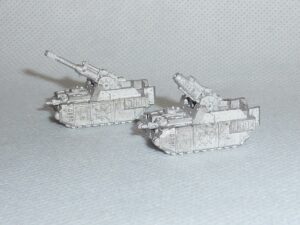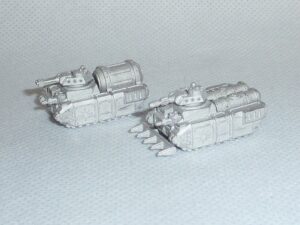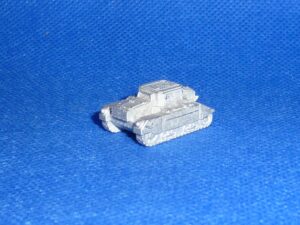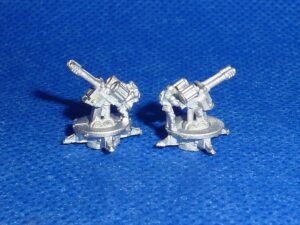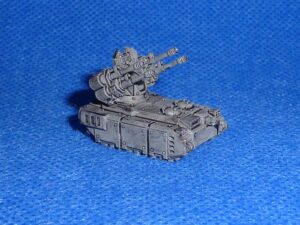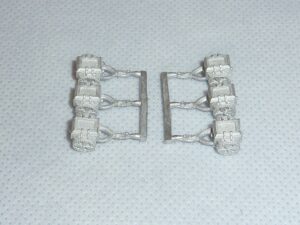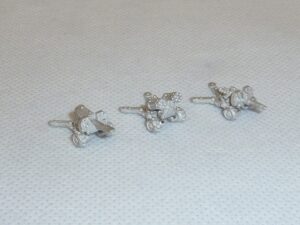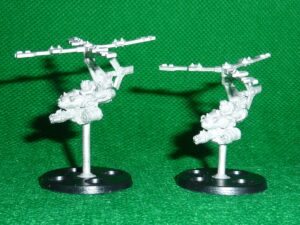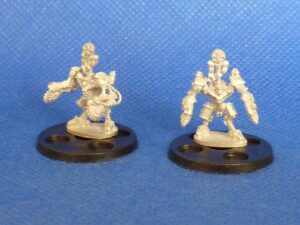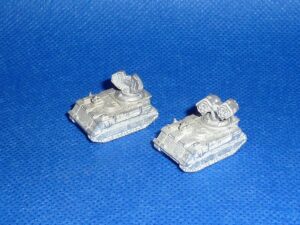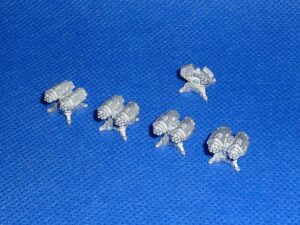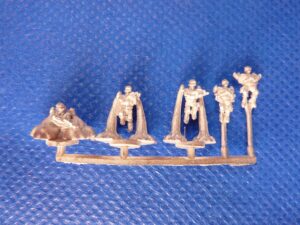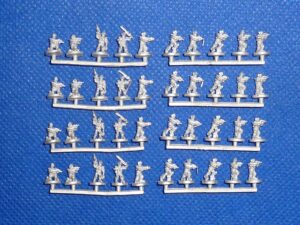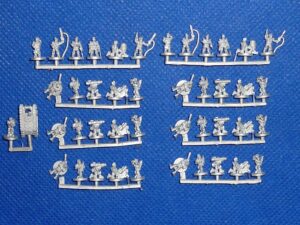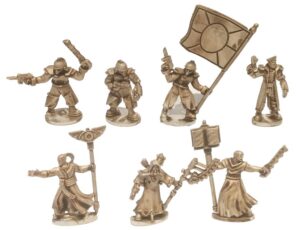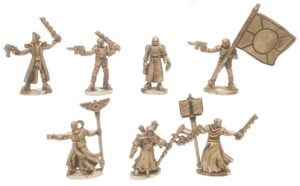Novan Commonwealth
Introduction
The Novan Commonwealth is the great governing body under whose banner the majority of humanity resides. Delegates from the length and breadth of Novan space travel to Core, the capitol system and seat of power for the Commonwealth. There, the delegates debate, entreat, harangue and kajol their peers in a complicated political dance where the balance of power is achieved as much through back-room deals and strategic marriage alliances as it is through the lawful execution of a delegate’s official duties.
Even so, the Novan Commonwealth has maintained a largely stable system of governance and generally peaceful regional stability for nearly two millennia, holding a vast array of cultures, viewpoints and agendas in-check and assuring that every corner of its vast holdings has a seat at the galactic table.
BANNER OF THE NOVAN COMMONWEALTH
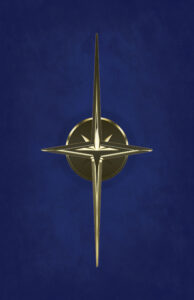
Origins
After the disastrous collapse of the Eloi Empire at the conclusion of the so-called Utopia Wars and the subsequent expulsion of the remaining Eloi ruling aristocracy, the political body known previously as the Novan Commons, which was intended to be a delegation of petitioners from across the Eloi Empire, found itself at the head of a broken system. In the vacuum of power left by the exiled Eloi, the delegates themselves became the rulers of this empire. Taking upon themselves the titles of lords and ladies and aligning themselves along the subtle undercurrents of power, they fell back upon the age-old system of clan allegiances—ties by marriage and by blood that have always held sway over humanity. Thus, the Great Houses of the Novans took power for themselves and re-named the Novan Commons into the Novan Commonwealth. They were no longer simply petitioners begging for the scraps and leavings of an uncaring and decadent ruling class, but it was they—the people—who would rule. And so the Novans embarked upon a new chapter of humanity’s endless story. Though it was not long before power, corruption and vice took hold of the Commonwealth, its complex system of power balancing and web of internal alliances ensured that no single house was able to wholly control the entire system without risking reprisals from neighboring houses. So it was that the Novans were able to enter into a time of relative peace and prosperity—and while they may not have enjoyed the same standard of living that they once enjoyed during the time of the Eloi dynasties, at least they were more free in word and deed than they had been in hundreds of years. And so it was that the Novans managed to do nearly the unthinkable. They stabilized a governing system on the point of collapse and oversaw the transfer of power in the largest political revolution in humanity’s known history.
The hundreds of years of following history were some of humanity’s brightest. Rediscoveries and advances in agriculture, medicine, and technology allowed the Novans to believe that nothing would stop them from achieving and even surpassing the greatest feats of the Eloi and the old empire.
THE SERVILES PROJECT
Alas, it was hubris that would prove to be the undoing of the Commonwealth’s golden age. Having grown soft from years of prosperity and ever in need of a larger labor pool after the disastrous losses they had sustained during the Utopia Wars, this they sought to remedy through science and genetics. Already the Novans had created their own Elites—gene-bred warriors nearly the equal of the old Helian guard the Eloi had once commanded. Yet, the Novans did not possess the genetic acumen of the Eloi they supplanted. After several failed attempts, the Novans endeavored to reopen the old Eloi gene labs left behind after the Victis’ forced expulsion from Novan space. With the tools and knowledge they found there, the Novans crafted a “companion race” of human helpers—an entire class of servants able to take up the burdens that the Novans were not numerous enough to bear themselves. These “Serviles”, as they were called, were the perfect embodiment of the Novan’s vision for their creation. They were so strong and hardy, so easy to breed in order to create the workforce needed and so willing to do the back-breaking jobs needed to rebuild the devastation wrought by the Utopia Wars, that it hardly seemed possible for anyone to consider the Novan’s use of the Serviles to be exploitative.
The use of the Serviles grew rapidly throughout Novan space until, in some systems within Novan space, they outnumbered the Novans by a factor of five to one or more. It was then that the Serviles struck—a realm-spanning revolt so encompassing and so brutal that no system was left unaffected. As the so-called Serviles freed their brothers from the shackles of oppression, they draped the flayed skins of their former oppressors from the battlements of their liberated strongholds. Thus began the Great Skinner Rebellion.
Forces
Novan Regulars
The origin of the Commonwealth’s regiments of regular human troops can be traced back to the time of the great Skinner Insurrection and the devastating war that followed it. Prior to this conflict, the forces of genetically-enhanced and selectively bred house guard warriors which would one day be known as Novan Elites were the only authorized bearers of arms within the Commonwealth military structure, and it was they alone (with the notable exception of the star fleets of the house navies) who engaged in any wars or military actions required by their respective states.
With the Skinner Insurrection spreading across the entirety of Novan space and the sheer size of the conflict overstretching the house-guard legions to breaking point, there were simply not enough men-at-arms to effectively prosecute the war. With many worlds starved of defenders, some leaders were forced to rely entirely on their own lightly-equipped paramilitary units, police forces and other armed bodies to fill critical gaps in the defense. In desperation, outlying worlds started to conscript citizens into hastily-formed proto-regiments—equipping them with whatever could be obtained.
As the war dragged on and the situation grew ever more desperate, the Commonwealth Senate itself was forced to ratify the Conscription Act, officially sanctioning the arming and training of its citizens to reinforce the front lines and defend the general population and infrastructure of the many worlds under attack. With its new ranks of citizen-soldiers supporting the elite legions on campaign as well as garrisoning hard-won territories, the elite forces of the Commonwealth were freed to be used more offensively. Thus, it was only through the combined might of the Commonwealth’s Elite warriors and its newly-formed regular human regiments that the terrible war with the Skinners could be won—though at a devastating cost.
The Commonwealth’s military forces had been so severely eroded during the conflict that it would take decades to rebuild. On the first anniversary of the final Novan victory against the Skinners, the Commonwealth Senate passed a controversial, but ultimately pragmatic bill which extended the Conscription Act indefinitely, allowing the Novan Houses to freely draw upon their own citizens in times of need to fill the ranks of what would become known as the Regular Regiments, or simply, The Regulars.
Novan Elites
The origins of the Novan military caste known now as the “Elites” predates the founding of the Novan Commonwealth itself. Although much ancient historical knowledge of events prior to the period of the great Skinners Insurrection has been lost, remnants of surviving data and archeological evidence recovered and reconstructed in the years since have confirmed this fact.
Due to extensive genetic manipulation and programs of selective human reproduction stretching back many centuries, the Elites have gained many enhanced traits. Elites are physically larger, stronger and tougher than the genotypes of the general human population.
Because of the incredible amount of state resources required to field even a single such Elite warrior, these soldiers are given the absolute best in personal equipment—particularly defensive body armor. The most iconic of these armor variants is Elite Affray Battle Armour, a suit of servo-powered, sense-reactive body armour that not only provides incredible amounts of protection against injury, but radically amplifies the already formidable physical abilities of the Elites in combat. For offense, each Elite is issued an automatic large-caliber assault carbine capable of firing a wide variety of ammunition types, from antipersonnel flechettes, to proximity-detonated high explosive, and armour-piercing rounds. Elements of each fire team may also carry specialist weapons such as a flamethrower or self-guided micro-munitions launcher as the situation dictates, giving a five-man section of Elites a combat capability far surpassing a platoon of regular human soldiers.
The Elites also have access to a specialized series of heavy armoured vehicles designed specifically for their large physical stature, increased dexterity, and the bulk of their powered armour. Representing a full line of weapons from armoured personnel carriers to super heavy tanks, to massive combat transports that dwarf all but the heaviest landing craft. As such, the Elites’ military assets allow them access to a wide range of tactics which are adaptable to the multitude of environments and conditions found on the diverse colony worlds of Tusculum Nova.
Every Novan state equips and maintains its own contingent of Elites. Originally, these forces were held in-trust to support the Novan Commonwealth’s dictates in the many conflicts and insurrections throughout Novan history. However, following the Skinner Rebellion, as the Commonwealth’s power over their constituents began to wane, these Elite forces became necessary as the guarantors of each state’s sovereignty, as well as sign of prestige and military might.
By the time of the Crescente Succession crisis, the Novan states had rebuilt their legions of Elites to unparalleled levels of strength and combat capability. Ironically, it would be this clamor for security, safety and stability that would ultimately doom them to the bloody conflict to follow.
ORGANIZATION
Most Elites formations follow an organisational doctrine similar to the ancient legions of Earth’s city-state of Rome.
Order (Ordo – Field Army): The highest level composed nominally of ten Castrae, but varies broadly depending on manpower, some numbering twenty legions or more. Commanded by an Imperator or Field Marshal. Several Orders might be gathered for a large operation under a Legate, who would be the military deputy to their feudal superior.
Division (Castrum – lit. Field Camp): Equivalent to a Corps or an expanded Division. A unit of several Legions organized under a Proconsul or a Commanding General for a major campaign.
Legion (Legio – Regiment or Brigade): Large, self-supporting field group. Nominally composed of ten Cohorts of infantry, or ten Alae of armour or cavalry. Commanded by a Prefect, or Legionary Commander.
Cohort/Wing (Cohors/Ala – Battalion): Basic high-level maneuver group. Infantry form Cohorts, armour and cavalry form Alae or “Wings.” Cohorts contain six Centuries, except for the First Cohort, which is the striking power of the Legion and has as many as twelve or more, with a nominal paper value of ten. Cohorts are commanded by a Princeps, or Colonel.
Century (Centuria – Company): An expanded infantry formation consisting of three to six maniples, or armour consisting of three to six maniples of vehicles. Commanded by a Centurion or Captain.
Maniple (Manipulum – Platoon): A unit of 20 to 30 infantry or two to three armored vehicles, commanded by an Optio, or Lieutenant.
Section (Segmentum – Squad): A fire team of five men or one vehicle element, usually commanded by a sergeant. Two such sections usually operate together as a tactical combat unit.
Sub-factions
Lorem ipsum dolor sit amet, consectetur adipiscing elit. Ut elit tellus, luctus nec ullamcorper mattis, pulvinar dapibus leo.
Other Information
Lorem ipsum dolor sit amet, consectetur adipiscing elit. Ut elit tellus, luctus nec ullamcorper mattis, pulvinar dapibus leo.
